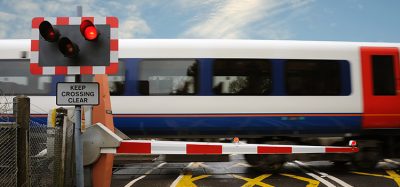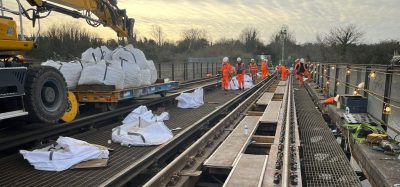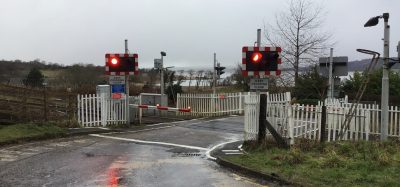IRU and UIC join forces to raise awareness of transport professionals on level crossing safety
Posted: 14 May 2014 | | No comments yet
In the framework of the Anniversary of the UN Decade of Action for Road Safety 2011-2020, the International Road Transport Union and the International Union of Railways joined forces to initiate a Level Crossing Safety Checklist…


In the framework of the Anniversary of the UN Decade of Action for Road Safety 2011-2020, the International Road Transport Union (IRU) and the International Union of Railways (UIC) joined forces to initiate a Level Crossing Safety Checklist to raise awareness of transport professionals on the issue and reduce related casualties.
UIC General Director, Jean-Pierre Loubinoux, stressed, “We have been working for years on this risky interface but strengthening collaboration with road organisations such as the IRU is the key to improving safety at level crossings at the highest level possible.”
Level crossings are a common and necessary interface between road and rail infrastructures. However despite level crossing removals, in recent years, on average one person per day has been killed and close to one seriously injured at level crossings in the EU, where collisions at level crossings represent 25% of all railway accidents, leading to 29% of all fatalities on the European railways.
In addition to these casualties, collisions can also have a significant economic impact on society. Damages to road and rail vehicles can prove costly and cause huge traffic disruptions to both rail and road.
Commenting on the UIC/IRU collaboration, President of the IRU Commission for Road Safety, Rob Aarse, said, “For true road transport professionals, every road accident is one too many. We welcome this opportunity to work together with the UIC in tackling the issue of level crossing safety so that we can raise awareness among drivers of potential dangers and ultimately save lives.”
Beyond raising driver awareness, this cooperation will also help the two organisations enhance knowledge and safety in the design and use of level crossings.







